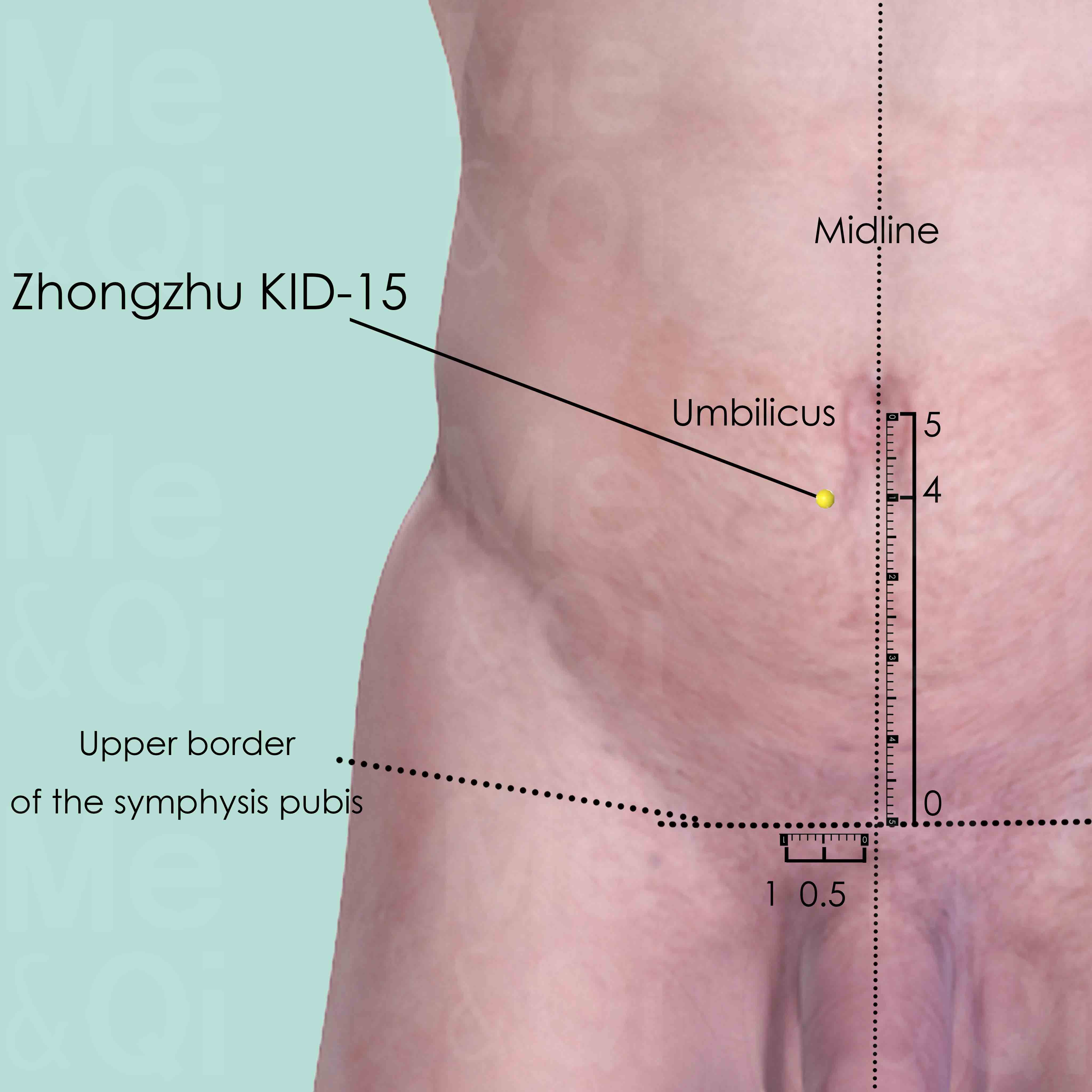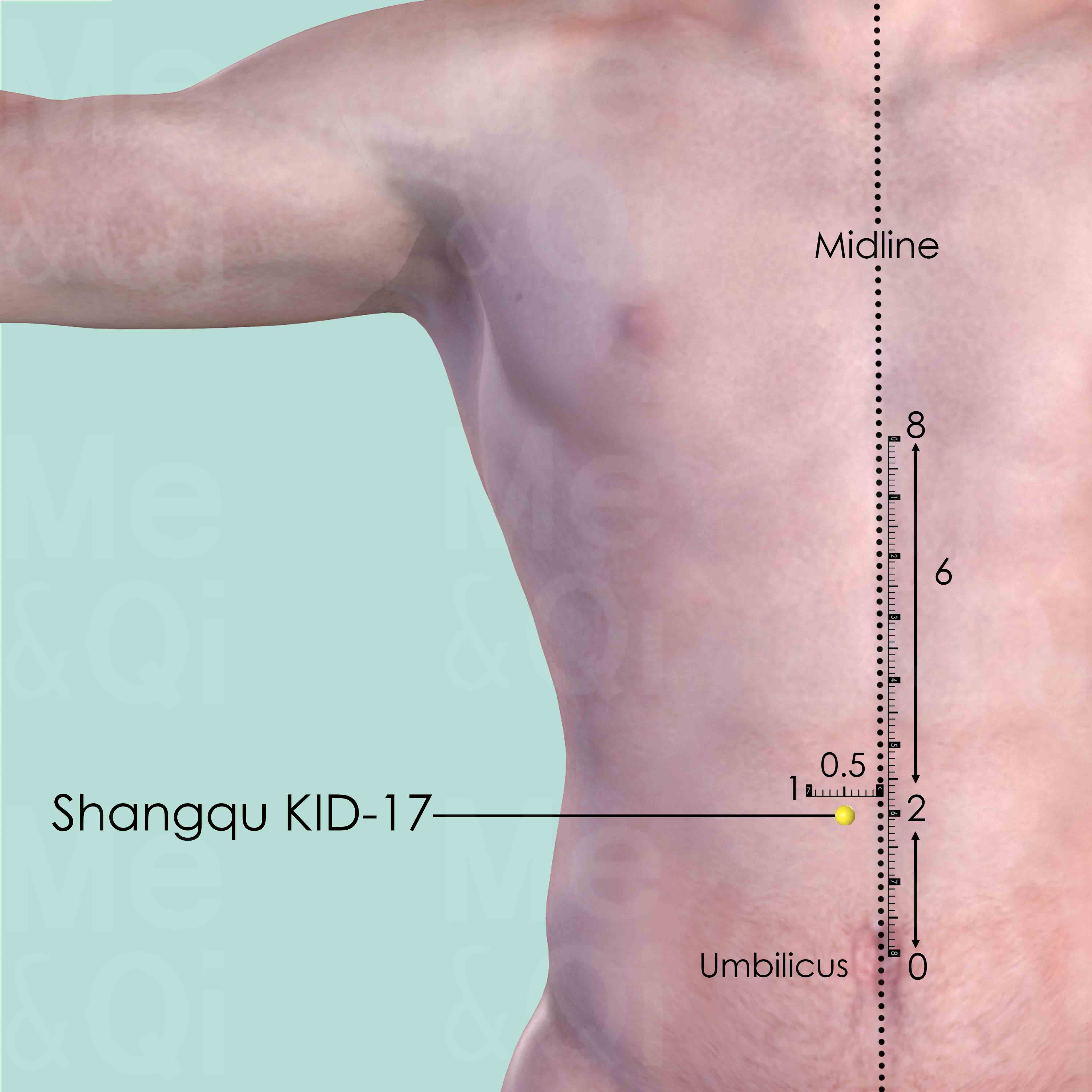Canthus Painaccording to TCM
Symptom families: Eye Disorders and Symptoms, Eyelid and Canthus Issues
Sub-symptom(s): Inner Canthus Pain Outer Canthus Pain
What is Canthus Pain?
Canthus pain refers to discomfort or pain located at the corners of the eyes, where the upper and lower eyelids meet. It can manifest as either inner canthus pain, affecting the area near the nose, or outer canthus pain, located towards the temple.
This symptom can arise from various causes, such as infections, inflammations, eye strain, or even sinus issues. The intensity of the pain can vary, potentially affecting daily activities like reading, screen usage, or even blinking. Understanding the specific cause of canthus pain is crucial for effective treatment and relief.
How does TCM view Canthus Pain?
Traditional Chinese Medicine (TCM) offers a unique perspective on canthus pain, distinct from Western medical approaches. In TCM, this symptom is viewed as a manifestation of underlying imbalances within the body's energy system, or Qi.
It emphasizes that canthus pain can be caused by various patterns of disharmony related to different organs and meridians. TCM practitioners consider factors such as the balance of Yin and Yang, the flow of Qi, and the health of related organs, particularly the Liver and Kidney, in their diagnosis and treatment. Identifying the correct pattern of disharmony is essential in TCM to effectively address canthus pain.
Acupoints for Canthus Pain
In treating canthus pain, TCM often employs acupuncture, targeting specific acupoints to alleviate discomfort and correct underlying imbalances. One such acupoint is Yinjiao DU-28, located between the upper lip and the upper labial gingiva, in the frenulum of the upper lip.
Stimulating this point is believed to clear Heat and benefit the gums, nose, and eyes. This approach in TCM is not merely about symptom relief; it aims to harmonize the body's Qi and address the root cause of the pain. By focusing on the interconnectedness of the body's systems, TCM provides a holistic treatment option for canthus pain.
Explore below some acupoints used to address canthus pain, organized by meridian.
- By Meridian
- Gall Bladder Channel
- Kidney Channel
- Governing Vessel
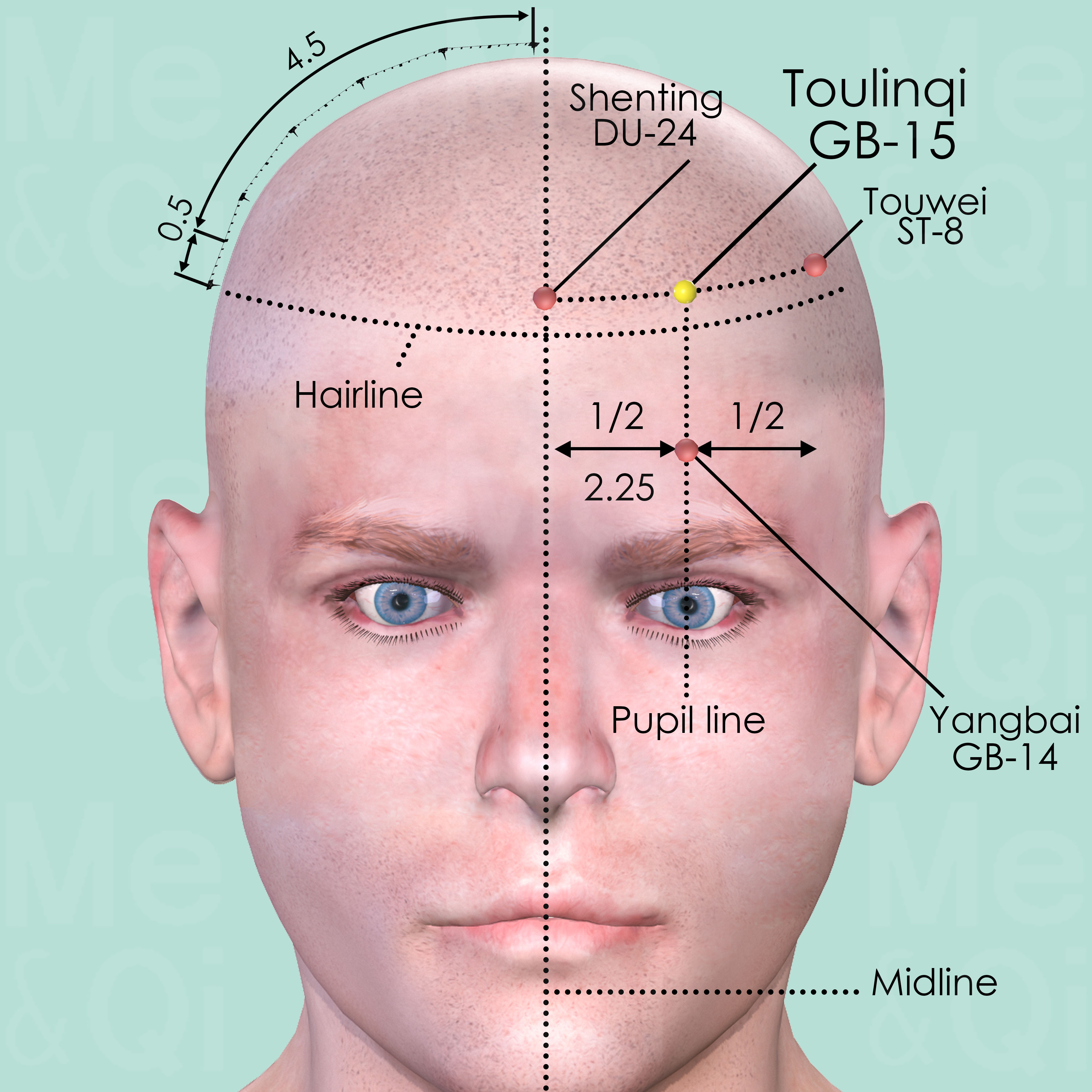
Toulinqi GB-15
Directly above Yangbai GB-14, on the pupil line, 0.5 cun within the hairline, midway between Shenting DU-24 and Touwei ST-8.
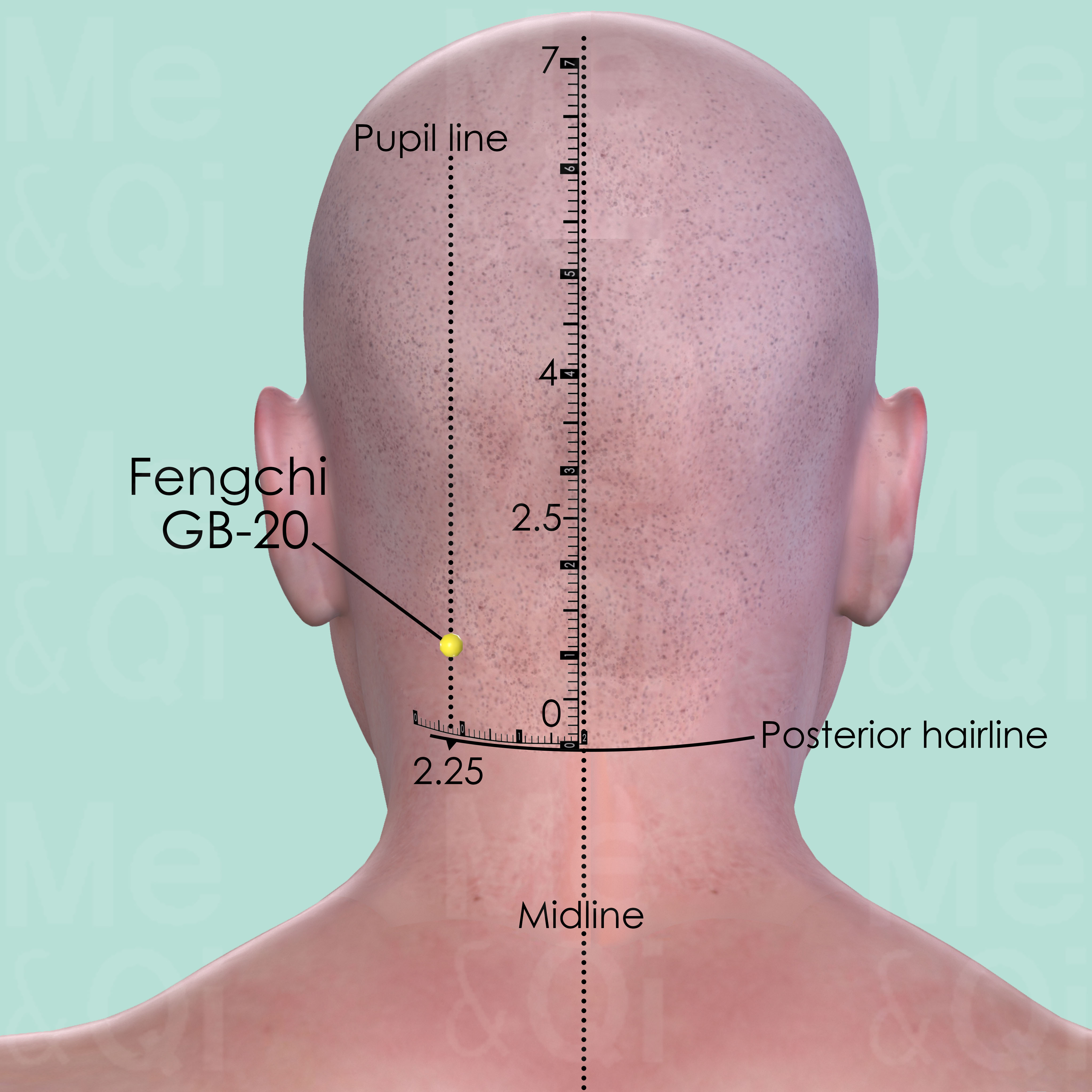
Fengchi GB-20
In the posterior aspect of the neck, below the occipital bone, in the depression between the upper portion of sternocleidomastoid and trapezius muscle.

Yangfu GB-38
4 cun above and slightly anterior to the tip of the external malleolus, on the anterior border of the fibula.
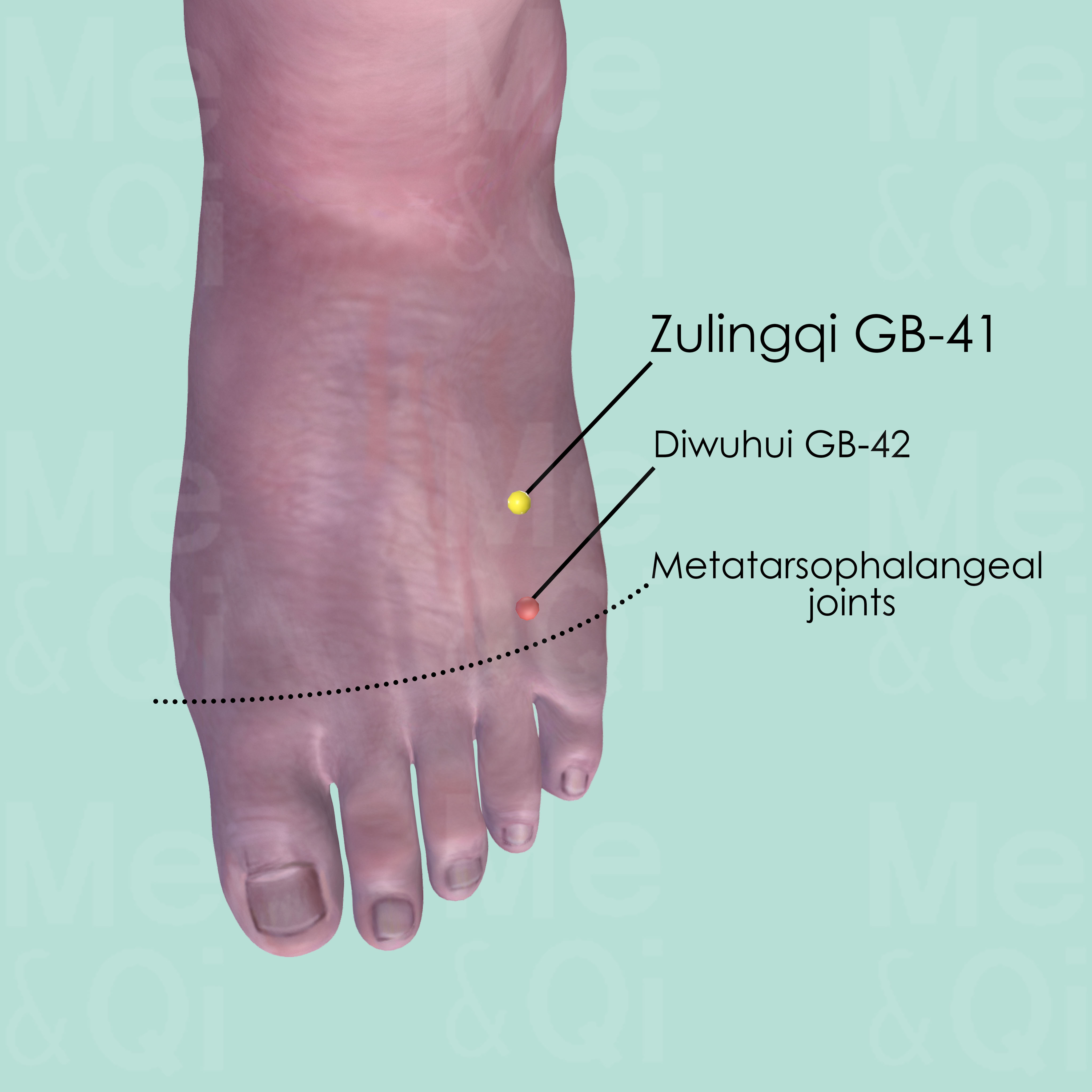
Zulingqi GB-41
In the depression distal to the junction of the 4th and 5th metatarsal bones, on the lateral side of the tendon of extensor digitorum longus muscle of the foot.
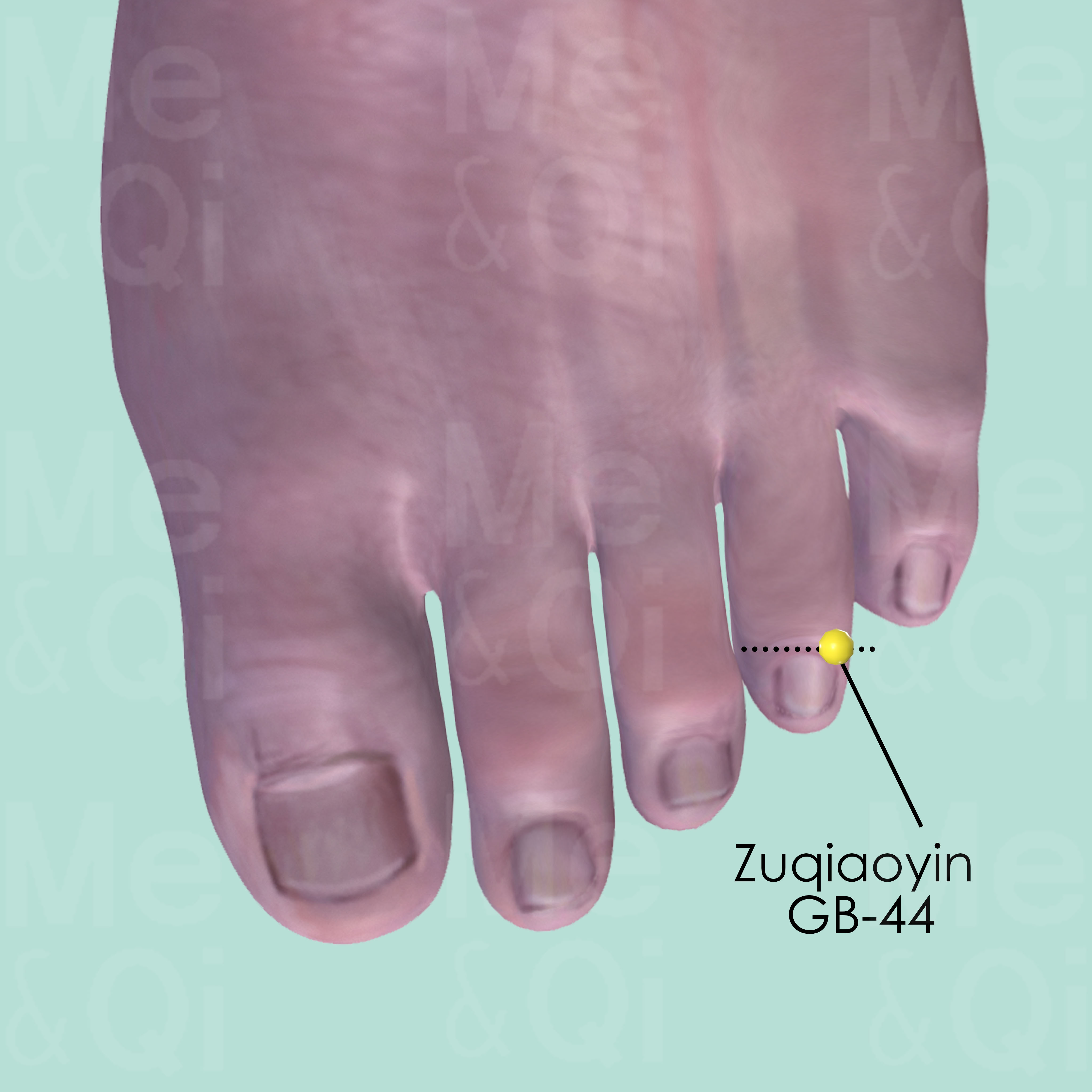
Zuqiaoyin GB-44
On the lateral side of the 4th toe, about 0.1 cun posterior to the corner of the nail.
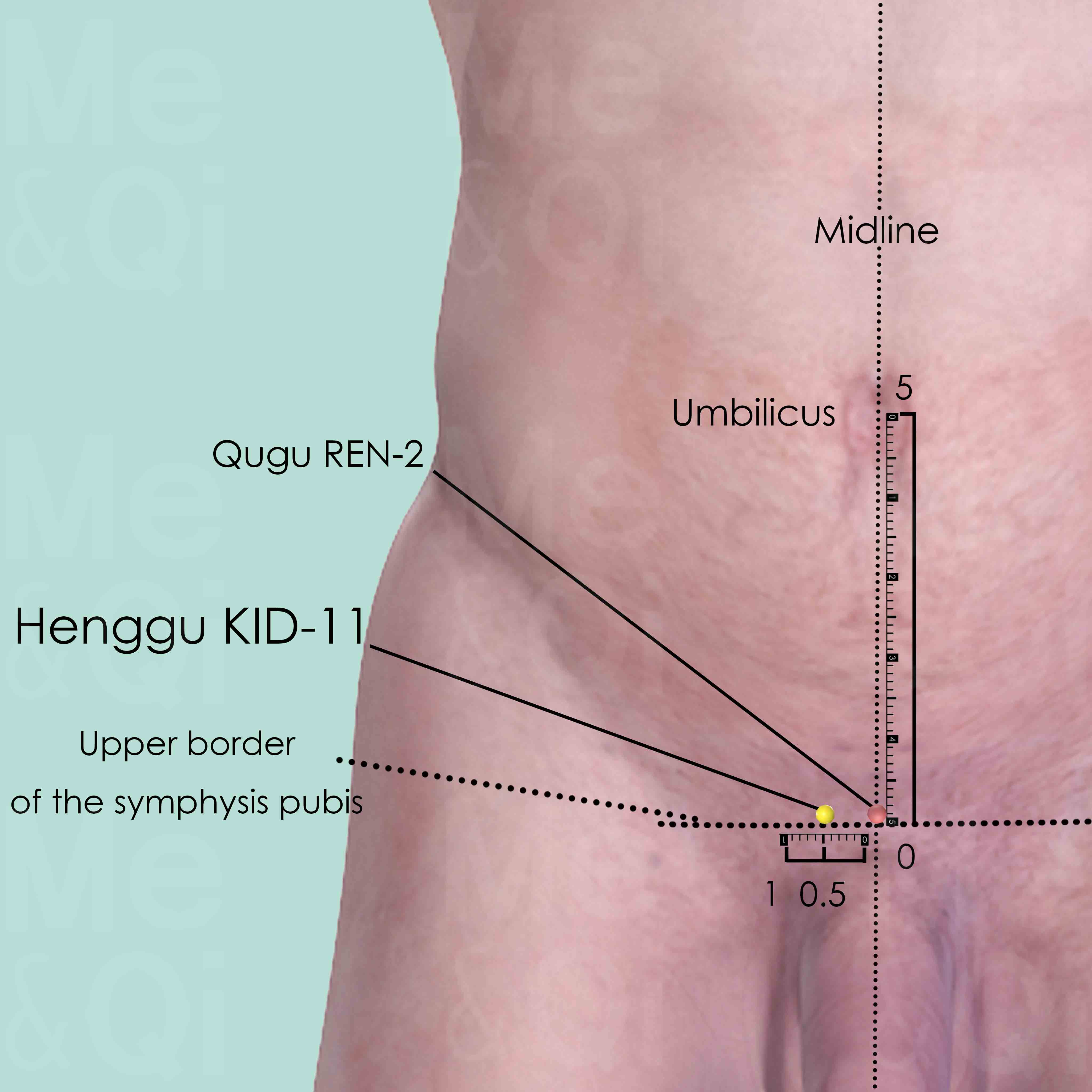
Henggu KID-11
5 cun below the umbilicus, on the upper border of symphysis pubis, 0.5 cun lateral to the anterior midline. It is at the same level as Qugu REN-2 which is at the anterior midline.

